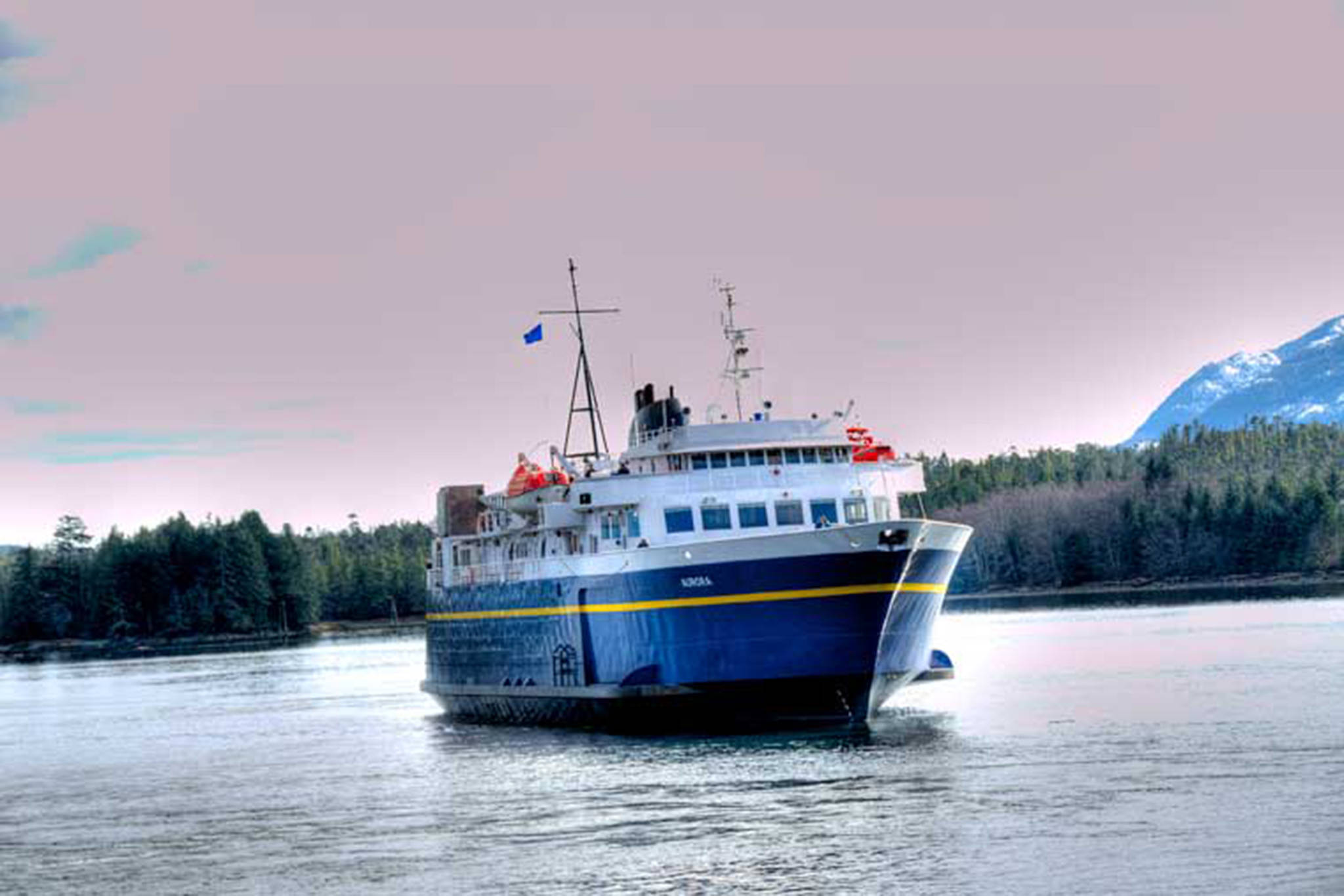I’m writing as a concerned citizen and former Alaska Marine Highway System employee. I sailed with the system for 32 years, then worked as the Inland Boatman Union’s Regional Director for three years. I understand the intricate workings of AMHS.
The Alaska Department of Transportation and AMHS need to explain why they are killing this vital system through neglect. It’s no secret that AMHS is in dire straits. With decreased funding, aging vessels and a mountain of deferred maintenance, it’s no surprise.
The Malaspina and Aurora have been pulled off line with no set return date. While these are two vessels that need repairs, they are also two tried and true vessels that have shown us they can handle everything Alaska has to throw at them and keep sailing. They need work. The Malaspina is 56 years old. What 56-year-old doesn’t need a little bit of work? The Aurora is newer at only 44 years old. The repair cost for the Aurora is significantly lower than the Malaspina. The Aurora is also more versatile, able to go into the smaller villages and the larger main ports, including ports the new Alaska Class Ferries are unable to. I know this because I worked on her sister ship, the LeConte, for 28 years.
[Ferry Emergency: Six of the state’s 11 ferries are out of service]
When vessels go into their annual overhaul, repairs are almost always more extensive than originally planned, causing schedule delays and cancellations. These impact families, communities and businesses that rely on promised service. Why not keep a vessel, like the Aurora, in a ready reserve status to fill in for unforeseen issues?
In 2004, when the LeConte went aground and was out of service for an extended time, the Taku was put on line to fill in for her. The Taku had been pulled off line and was awaiting a decision on her fate, just like the Aurora is now. Since the regulatory documentation was kept current, the Taku was able to take over most of the LeConte’s run with minimal impact to the schedule and communities, providing reliable service. This is something the current AMHS outlook is severely lacking.
In the absence of a long-term plan, it would seem wise to preserve your options moving forward, especially if preserving those options doesn’t cost a lot, if anything. The Aurora needs some repairs to return to service, however, those repairs are the cheapest way for the state and the AMHS to either expand what they are doing now or to have a vessel to fill in when others are in the yard. According to the sailing calendar on their own website, AMHS provides service to 37 communities. However, AMHS is currently not providing service to 19 ports and there are currently no plans to return service to at least six of these ports. These communities are cut off indefinitely.
With some repairs, the Aurora could provide some of this lost service. She could also be held in ready reserve if another vessel has issues. Has AMHS researched this possibility? Have they had the necessary conversations with regulatory agencies, like the Coast Guard? AMHS can ask the Coast Guard to “freeze” the U.S. Coast Guard Certificate of Inspection until repairs can be made if the state decides it wants to do so. In a letter to DOT and Gov. Mike Dunleavy on Nov. 12, Southeast coastal legislators said “There’s funding available — $20 million was set aside in an earlier budget for just this type of situation.” There’s also the possibility of federal funding. Has AMHS management asked for the comparatively small amount of money it would take to repair the Aurora?
These options are not available unless someone from the AMHS asks for them. It is the right thing to do and the least expensive way to provide service to communities currently cut off by service reductions.
Repairing the Aurora gives AMHS options to provide service. Not repairing the Aurora and not keeping a vessel in ready reserve status ties AMHS hands. It’s much more expensive to build new boats. Why not pursue this option? Why tie your hands before a decision can be made?
All Alaskans deserve the right to drive on their respective roads. For coastal Alaska, those roads are the Alaska Marine Highway System.
• Ricky Deising is a retiree who lives in Juneau. Columns, My Turns and Letters to the Editor represent the view of the author, not the view of the Juneau Empire.

